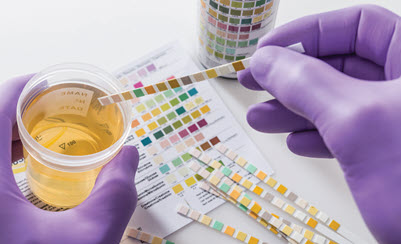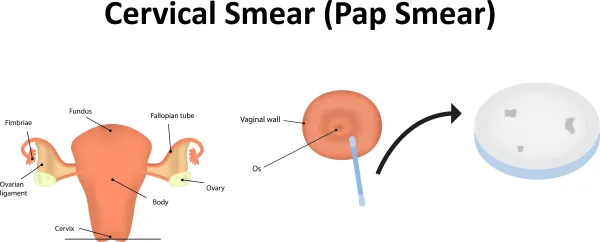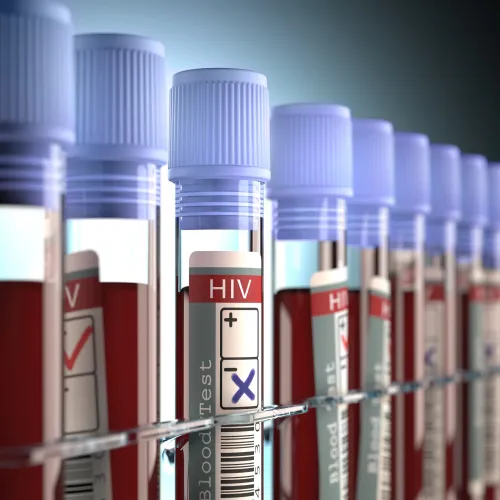Pathology/Lab Coding Alert
Stay In the Clear With These Urinalysis Coding Rules
CLIA license level is key. Urinalysis (UA) testing is a ubiquitous part of analyzing a patient’s health status, but the wide range of lab methods and laboratory settings can muddy the water for choosing the proper code(s). From methods to modifiers, there’s a lot you need to know to avoid denials and get the pay you deserve for these common tests. Read on for our expert tips on the matter. Distinguish Codes by Analyte and Method CPT® provides multiple UA codes, and understanding the analyte(s) interrogated and the lab method used will help you quickly home in on the best code choice. For tests that evaluate urine for any of a set of 10 specific analytes (constituents) listed in the code, you should choose from the following codes: Method: All four of these codes describe a test that uses a dipstick, test strip, or tablet reagent that results in a color change to indicate levels of any or all of the 10 listed constituents in the urine specimen. Note that “any number of these constituents” means you may use one of these codes if the test is for a single element or all 10. Automation: Codes 81000 and 81002 are for “non-automated” tests, meaning that the person who performs the test compares the color to a key color chart provided with the test. On the other hand, codes 81001 and 81003 describe a lab method that uses a specialized machine to analyze the color change, such as a “strip reader” that prints out the test results. Microscopy: Codes 81000 and 81003 include microscopy. To use one of these codes, the person performing the test must analyze the urine specimen using a microscope to look for elements such as bacteria, cells, or crystals. Example: If the lab analyst performs a non-instrumented tablet test for ketones (without microscopy), the procedure earns 81002, even though the test does not evaluate nine of the listed components — but a manual chem-strip test for all 10 elements (without microscopy) would also earn 81002. Other analytes: If the UA test is for some component other than one or more of the 10 analytes described in 81000-81003, you need to turn to one of the following codes: For instance, testing urine for an analyte such as melanin or lactose (non-immunoassay method) reports to 81005. For a test to screen for bacterial urinary tract infection using a non-culture or dipstick method, such as urine catalase, code 81007 is appropriate. For a stand-alone urine microscopic exam, report 81015. Know Your Lab Certification Although UA is often a point-of-care (POC) test in physician office laboratories, many of the CPT® UA codes won’t be appropriate for testing done in that setting. That’s because most labs in physician offices are licensed with a certificate of waiver under Clinical Laboratory Improvement Amendments (CLIA). To perform waived tests, a lab doesn’t need to meet the requirements mandated for more complicated tests, but the lab does need a CLIA certificate of waiver and must follow manufacturer instructions for how to perform the test. See how to obtain a waiver at www.cms.gov/CLIA/downloads/HowObtainCertificateofWaiver.pdf. Microscopy: Any lab test that requires microscopy won’t be eligible for performance in a CLIA-waived laboratory. Instead, the lab must have a CLIA certificate for Provider- Performed Microscopy Procedure (PPMP) to evaluate a urine specimen using microscopy. Limit: For a CLIA-waived lab, you may report 81002-81003, but never 81000-81001. Use QW for Some Waived Tests If you’re performing UA testing in a CLIA-waived lab, you must report the CPT® UA code with modifier QW (CLIA waived test), when appropriate. The Centers for Medicare & Medicaid Services (CMS) updates the list of CLIA-waived tests each quarter, including a list of which codes require modifier QW. The most current update will be effective July 1, 2023, and is available as Change Request (CR) 13162 (related transmittal: R11943CP), at www.cms.gov/files/document/r11943CP.pdf 81002: You’ll notice that 81002 tests by various manufacturers do not require modifier QW. 81003: On the other hand, several manufacturer’s tests for 81003 require modifier QW, such as Siemens Clinitek Status Urine Chemistry Analyzer. For a complete list of 81003 tests that require modifier QW, CMS refers you to the U.S. Food and Drug Administration (FDA) website for an updated list of CLIA-waived tests indexed by manufacturer, available at www.accessdata.fda.gov/scripts/cdrh/cfdocs/cfClia/ analyteswaived.cfm. Two UA codes you won’t find on the CLIA-waived list for modifier QW are 81000 and 81001. That’s because those tests require microscopy certification. Caveat: Some states provide their own test categorization that may not always agree with the federal CLIA designation. Check with your state’s Department of Health and Human Services (HHS) to ensure you’re abiding by the state regulations. Beware Physician Office Lab Pitfalls If you’re billing for a physician office that includes an in-house POC testing lab, you have some details to attend to. Before you can bill for a urinalysis, you’ll need documentation from your physician. “This means you’ll need a signed order for the test, and you will need proof that your practice conducted it,” says Mary I. Falbo, MBA, CPC, CEO of Millennium Healthcare Consulting Inc. in Lansdale, Pennsylvania. You’ll often also report an office/outpatient evaluation and management (E/M) service in addition to the in-house lab test. No CPT® guidelines prohibit this in the outpatient setting, and no National Correct Coding Initiative (NCCI) edit exists for 81002-81003 when the tests are Column 2, or component, codes for office/outpatient E/M services 99202-99215 (Office or other outpatient visit for the evaluation and management of a/an new/established patient …). There is a potential exception to this rule. “Some payers will consider 81002 as included in the global period for antepartum or global ob-gyn service when submitted with an ob-gyn diagnosis code in the office setting,” says Jessica Miller, CPC, CPC-P, CGIC, manager of professional coding for Ciox Health in Alpharetta, Georgia. When in doubt, check with the payer. Modifier alert: Although most payers allow you to separately report an office E/M service and the lab test procedure code for the in-office lab, some payers may require you to append modifier 25 (Significant, separately identifiable evaluation and management service by the same physician or other qualified health care professional on the same day of the procedure or other service) to the E/M code.

Related Articles
Pathology/Lab Coding Alert
- Clinical Lab:
Stay In the Clear With These Urinalysis Coding Rules
CLIA license level is key. Urinalysis (UA) testing is a ubiquitous part of analyzing a [...] - Transfusion Medicine:
Roundup CPT® Codes from Typing to Transfusion
See when the pathologist joins the fray. Blood transfusions are a key part of treatment [...] - Practice Management:
Avoid Undercoding Errors With Accurate Documentation
Lost pay isn’t the only potential penalty. Coders worry about “upcoding” and charging too much [...] - You Be the Coder:
Code This Bone Case
Question: We have a pathology report for a bone osteoma exam that includes mention of decalcification, [...] - Reader Questions:
Check MUE Table for ‘Override’ Guidance
Question: Our pathologist extracted two FNA specimens, one from a breast lesion in the upper inner [...] - Reader Questions:
Notice PHE’s End
Question: Did the COVID-19 public health emergency expire (PHE)? Florida Subscriber Answer: The COVID-19 public health emergency [...]




